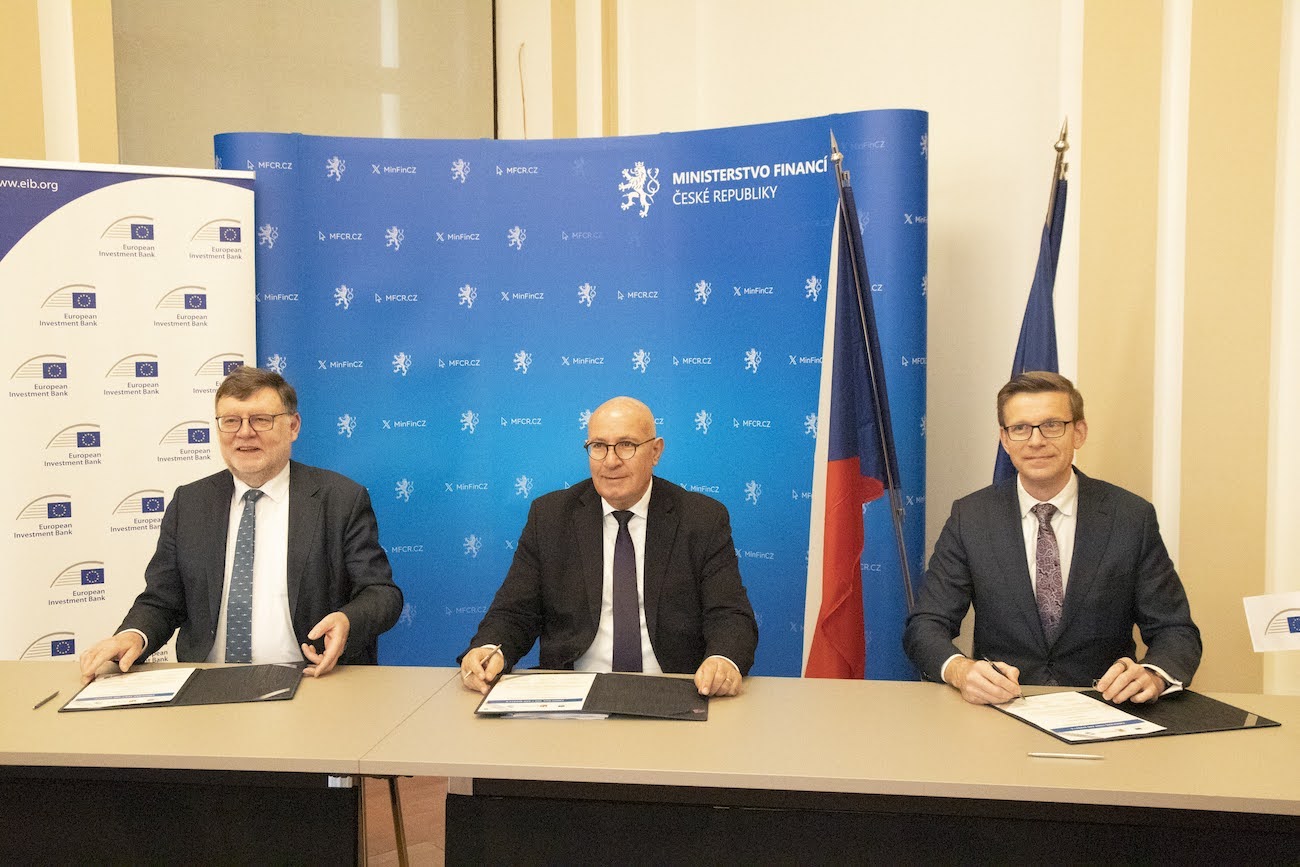
What actions is the Commission planning to boost passenger rail?
This Action Plan complements the Commission’s Sustainable and Smart Mobility Strategy, which sets ambitious milestones for rail transport. It builds on the experiences and findings of the 2021 European Year of Rail.
It focuses on two main pillars:
- The full and correct implementation of the existing EU regulatory framework for railways, including the removal of any redundant national rules.
- The removal of obstacles to long-distance and cross-border passenger rail services.
The Action Plan is a roadmap for the coming years with the goal to make long-distance cross-border rail travel more attractive for many more European passengers, notably by making rail journeys quicker, more frequent and more affordable.
This action plan announces a multimodal legislative proposal in 2022 to improve among other things ticketing for long distance, cross-border train travel in Europe. Planning and booking cross-border train trips must become easier and more user-friendly, enabling passengers to quickly find the best available ticket at the best price, with better protection when a journey is disrupted. This initiative aims to improve data exchange between mobility providers and facilitate the conclusion of commercial agreements between railway undertakings and third-party ticket sellers, in this way boosting the availability of train tickets. This would also make it possible for passengers to buy a ticket for journeys that combine train travel with local public transport and other mobility options.
Lastly, the Action Plan also contains measures to improve the functioning of the rail network in a way that would make rail travel more affordable. The Commission will explore the possibilities for a European Union-wide VAT exemption for international train journeys. In 2023, the Commission will issue guidelines on the setting of track access charges that boost affordable cross-border train travel. High and diverse charges can hinder the setting up of new services, making the market less attractive for new players, resulting in less competition which is likely to have a negative effect on ticket prices.
To empower in particular young people to choose rail or other sustainable modes of transport, the Action Plan proposes amending the current Erasmus reimbursement rules to promote the use of rail travel to Erasmus exchange locations.
Along with the Action Plan, the Commission is today presenting a proposal to revise the Trans-European transport network (TEN-T) Regulation, to ensure sufficient high-speed capacity and connections. It proposes, amongst other measures, a minimum speed of 160 km/h for the core network, as well as increased efforts to better connect airports to railways.
From 2022, the rail sector will be encouraged to submit proposals for cross-border pilot services. The Commission aims to support 15 cross-border pilot services as an opportunity to test some of the measures identified in the Action Plan.
Why is the Commission adopting the Action Plan now?
During the COP26 in Glasgow last month, the world agreed that we must accelerate efforts to stay within reach of the +1.5-degree scenario for global warming. Rail is part of the solution, being responsible for less than 0.4% of transport-related greenhouse gas emissions in the EU. This makes it one of the most sustainable forms of passenger and freight transport and key to the EU’s ambition of becoming climate-neutral by 2050. Among other benefits, rail is exceptionally safe, and it connects people and businesses across the EU via the Trans-European Transport network (TEN-T). Against this backdrop, the Commission announced this Action Plan to boost long-distance and cross-border passenger rail services in its Sustainable and Smart Mobility Strategy of December 2020. To achieve the ambitious milestones for rail transport contained therein, the Action Plan is aimed at making the best use of the Single European Railway Area to boost competition and innovative, affordable train services and to present a program to remove the main obstacles that still obstruct the set-up and operation of long-distance cross-border passenger rail services.
How can Member States help implement the Action Plan?
Member States can first and foremost ensure the full and correct implementation of the existing EU regulatory framework for railways, including the removal of any redundant national rules. Here, Member States need to fully and correctly transpose and implement EU legislation, and make sure that redundant national rules are abolished. Furthermore, EU legislation for rail gives Member States ample opportunity to act on key issues such as track access charges, data sharing and ticket re-sell licensing requirements in Public Service Contracts and other legally binding acts, discrimination-free State aid schemes to incentivise the availability of rolling stock and the coordination of cross-border train paths between infrastructure managers.
How can the rail sector help implement the Action Plan?
Stakeholders such as railway undertakings, infrastructure managers, regulatory bodies and third-party ticket vendors have a key role to play in correctly applying EU legislation for rail, such as the Fourth Railway Package. With the 15 pilot services foreseen, the Commission intends to offer stakeholders an opportunity to test measures in the Action Plan in the very short term.
Experience and recent announcements by railway undertakings show that long-distance and high-speed services can often be operated profitably as open access services, including night trains. Increased market opening, harmonisation of rules and ticketing solutions for passengers make it easier for railway undertakings to offer profitable rail services. Therefore, the Commission is confident that implementation of the actions contained in this Action Plan is in the direct interest of railway undertakings, irrespective their ownership structure.
What about night train services, does the Commission plan specific actions for them?
This Action Plan aims at boosting long-distance and cross border rail services. As night train services travel long distances and often cross borders, they will benefit in full of the measures foreseen in this Action Plan. The rules on public service obligations set out in Regulation 1370/2007 are relevant for these services as well. In 2022, the Commission will adopt updated Interpretative Guidelines on Regulation 1370/2007 that will include cross-border services.
How do you propose to improve air-to-rail services?
The Commission is proposing a revision of the trans-European transport network (TEN-T) Regulation, which will improve the passenger rail network and ensure its better integration within the multimodal transport system. The proposed revised Regulation will ensure strengthening of air-rail connectivity for all core EU airports and EU airports above 4 million passengers. Further, the Commission will support and promote air-rail multimodal journeys on routes where the suitable infrastructure is in place to deliver such services and assess regulatory options to facilitate such multimodal services.
Can Member States support cross-border services under public contracts?
When there is demand for cross-border services and the market cannot deliver the desired level, indeed it is possible for Member States to procure services, in compliance with Regulation (EU) 1370/2007 (‘Land PSO Regulation’). This Regulation also applies to cross-border services, including local, regional and long-distance. For a cross-border PSO to be established, the Member States on whose territory the services are provided must formally agree to it. This agreement does not mean that the Member State in question is required to specify public service obligations on its territory or provide financing. Compliance with the Regulation ensures that PSO services cannot be used to restrict competition.
If one or more Member States does not agree with a PSO approach on their territory, cross-border services can also run ‘hybrid’ services, i.e., cross-border services combining one or more legs operated under PSOs with one or more legs operated under an open access regime (where a Member State does not agree to a PSO). In the absence of specific EU rules for such hybrid services, particular care should be taken by competent national, regional or local authorities to avoid distortions of competition and the risk of cross-subsidies.
What are the next steps?
Most of the actions included in the Action Plan should be implemented as a matter of urgency. The Commission plans to launch a dialogue with rail sector stakeholders with a view to facilitate the setting up of cross-border pilot services. These will be an opportunity to test some of the measures identified in this Action Plan. Pilot- services could improve on existing train services or be completely new services. The Commission will support the projects by facilitating contact between all relevant stakeholders and by providing assistance to help ensure compliance with EU law and EU policies. The Commission will also assist in the identification of financing opportunities for particular pilots, as highlighted in this Action Plan. Although many of the train services will be viable commercially, the Connecting Europe Facility can finance technical assistance, and support studies and preparatory activities relating to new technologies and innovation. Pilot projects must comply with applicable European legislation, for example on a level playing field in the Single Market and passenger rights.
Amongst the measures announced in the Action Plan are the following legislative proposals and guidelines:
- revision of the trans-European transport network (TEN-T) Regulation, which will improve the passenger rail network and ensure it is better integrated within the multimodal transport system.
- revision of the Technical Specifications for Interoperability, including for “go-everywhere” passenger rolling stock (2022).
- a revised regulatory framework for train drivers (2022).
- regulatory action to improve capacity allocation and traffic management processes (2022)
- guidelines for setting track access charges which support long-distance and cross-border passenger services (2023).
- a new regulation on multimodal digital mobility services that covers rail ticketing (2022).
- assessment of the need for an EU-wide VAT exemption for international train services
- interpretative guidelines for applying the Land PSO Regulation (2022)
- a proposal to amend Erasmus reimbursement rules to promote the use of sustainable modes of transport.
The Action Plan mentions a “Green Rail Investment Platform” by the European Investment Bank. What does it entail?
The setting up of new rail services requires large investment in rolling stock, either by railway undertakings, by rolling stock leasing companies or by competent authorities. To boost the availability of rolling stock, the European Investment Bank (EIB) is now launching the Green Rail Investment Platform (GRIP) to assist investments, by both public and private entities in rail projects, through existing EIB products and through financial instruments made available by the Commission.
The objective of the GRIP is to support sustainable rail investment in infrastructure, rolling stock and digital systems, in particular in:
- the development of the rail network, its renewal and upgrade.
- acquisition and retrofit of rolling stock, including under Public Service Obligations, but also for commercial rail services, night trains and freight services by rolling stock operators and rolling stock leasing companies.
- development of intermodal transport, including terminals, rolling stock and cross-border facilities.
- the digitalisation and automation of core planning, operational and commercial processes, such as the asset, capacity and traffic management, of infrastructure managers, railway undertakings and other relevant stakeholders such as terminal and intermodal operators, to improve the efficiency of multimodal logistics chains involving rail.
Under certain conditions, rolling stock can also be financed under the Union’s Cohesion Policy Funds. The Commission will also clarify by 2023 the State aid rules on public funding of interoperable rolling stock for cross-border services in the revised Railway Guidelines.
For More Information
Action Plan to boost long-distance and cross-border passenger rail services

















